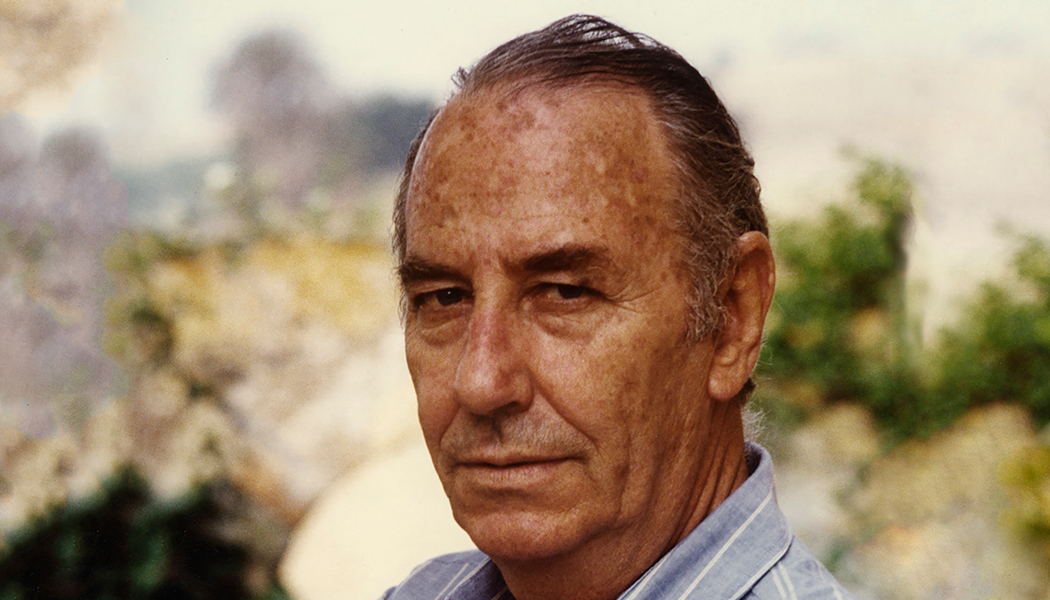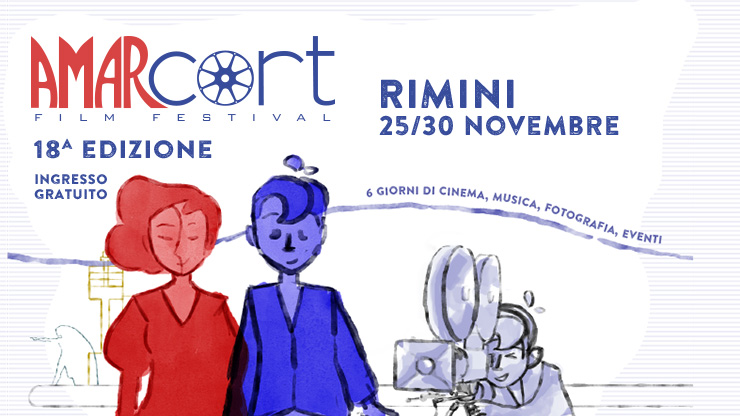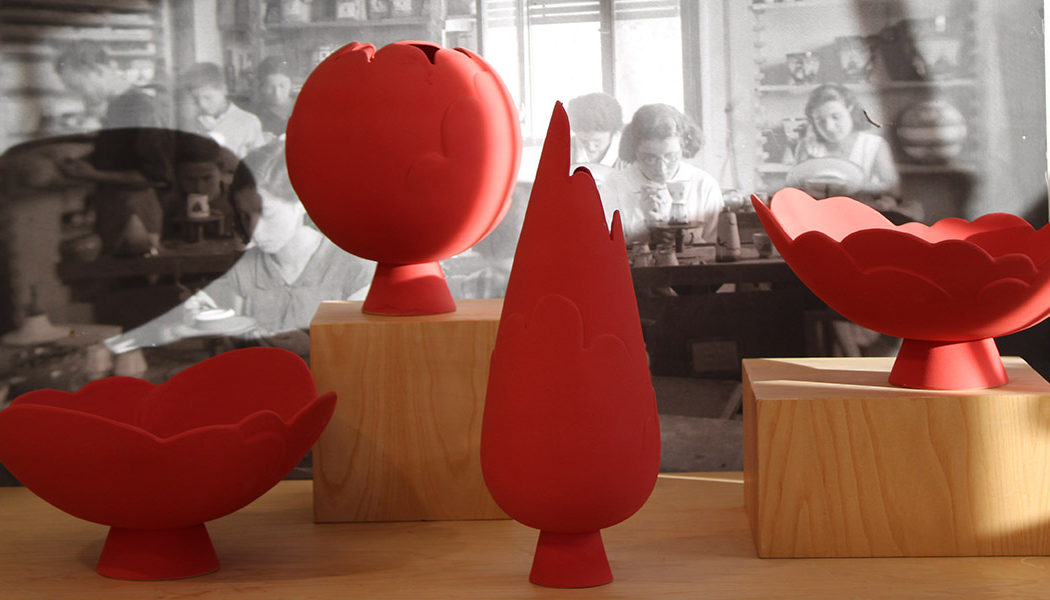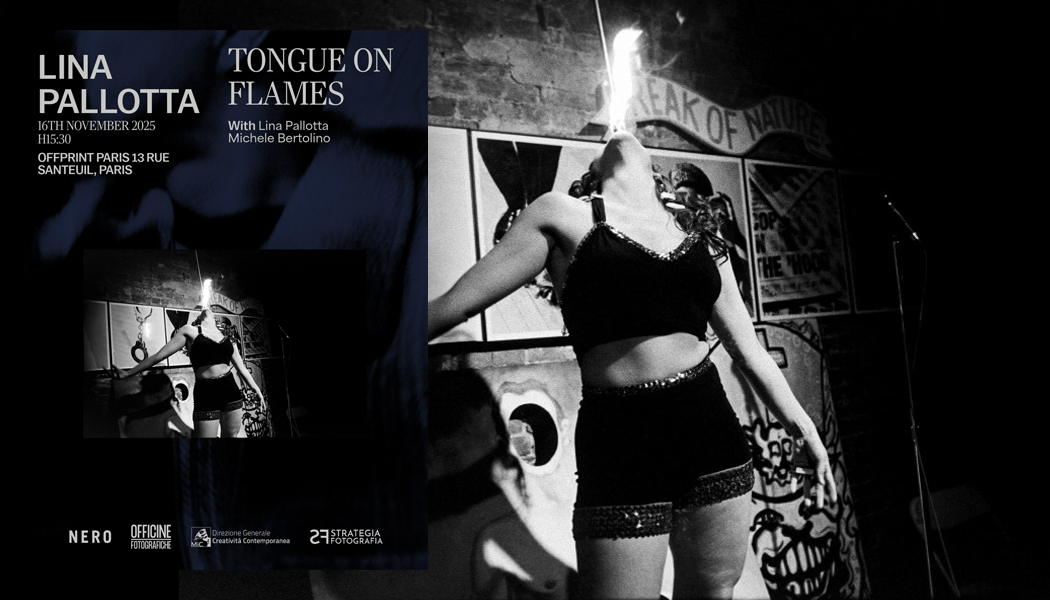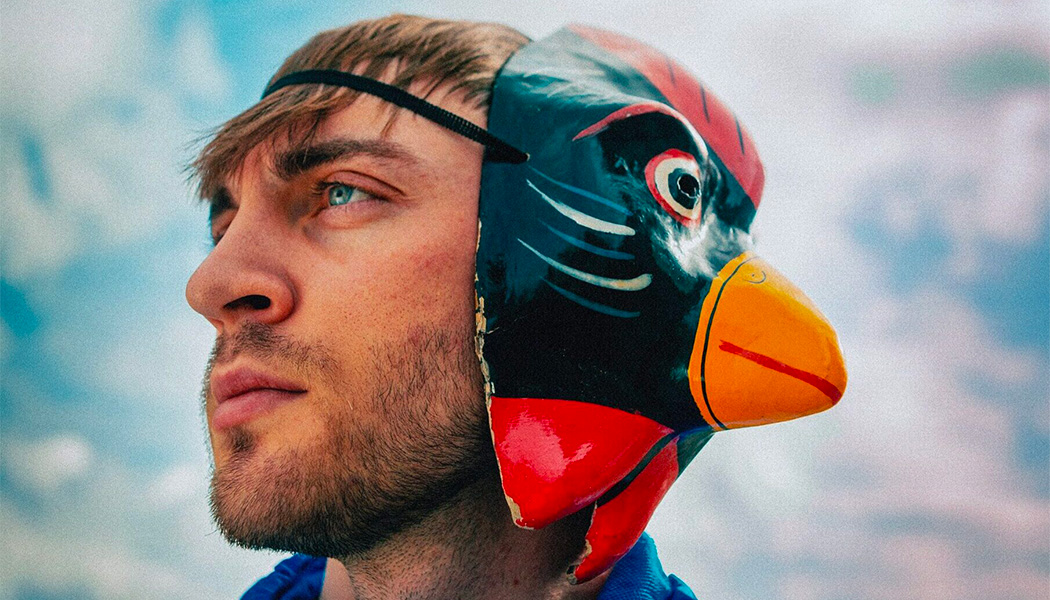Studio Mauri is the heritage of a great Italian artist. On February 13th the visual arts students of RUFA will have the opportunity to enjoy it, guided by the historical assistants of Fabio Mauri, Dora Aceto, Ivan Barlafante, Marcella Campitelli, Claudio Cantelmi, Sara Codutti and Sandro Mele, who have created and set up many of the works that will be exhibited. The Studio will be rethought for the occasion with a mini didactic exhibition on Fabio Mauri. This will also be an opportunity to remember again the tenth anniversary of his death. The exhibition will involve the students of the second year of the RUFA School of Painting: Giulia Di Pasquale, Beatrice Levorato, Alessandro Martina, Davide Miceli, and Stefano Tenti. The meeting will focus mainly, but not only, on the artist’s last twenty creative years.
Fabio Mauri was one of the main exponents of the Italian avant-garde after World War II. He was an eclectic artist. Intellectual connoisseur of theatre, cinema and literature. He found a lasting friendship with Pier Paolo Pasolini, with whom he founded the magazine “Il Setaccio” in 1942; he also founded the magazine “Quindici” with Umberto Eco and others in 1967. In 1957 he moved to Rome, and produced the first “Schermi”, a series that he would continue over the years with several revisions. These works that seek the zeroing, a sort of primary place of painting, a common theme of the time. This work begins, however, his story about cinema, which he considers the true “symbolic form” of the world. In the 1970s he also began his personal path in the field of performance, with “Che cosa è il fascismo”, “Ebrea”, and “Natura e cultura”, which deal with post-war Italian political and social events. Until his death he continued to produce works of art, performances, books, art criticism magazines, helped by assistants who, over the years, have taken turns and many of whom are known artists of the current Roman scene. Today, some of them carry on his legacy in the Studio Mauri project.
Fabio Mauri’s artistic heritage tells us about him, his work has become over the years a sort of autobiography, a way of understanding art. Following his thought, art is the meeting point between individual destiny and history. In his works you can feel a strong sense of social responsibility and, in a particular way, his anti-fascist political commitment that was born during his adolescence. In his performances, such as “What is Fascism” and “Ideology and Nature”, he makes the viewer reflect on how evil manifests itself to the individual in the form of novelty, power, youth, beauty, the conviction of being better and never as explicit evil, just as it was for Fascism.
The theme that Mauri attempts to highlight in his works is not only focused on human suffering, but also on methods, communication, what made the devastation possible. Mauri’s work is still very relevant today. It can be applied to all forms of discrimination, urges the viewer not to ignore evil in the world and alerts the viewer to its captivating forms.
Mauri in his works, which he has always made contemporary thanks to his ability to renew his methods of communication with the world, has never stopped experimenting and conceiving new works. In the meeting we will see how his reasoning on aesthetics, language and materials has been modernized and made contemporary by investigating his own times with a free spirit.
